Facts About Davy Crockett You Probably Didn’t Know
Davy Crockett is considered an American folk hero and is commonly associated with his battles during several major wars and at the Alamo. His fame soon started to become popularized in plays, novels, movies, TV shows, and more.
However, Crockett might be somewhat different than how he is portrayed in the media. Keep clicking your way through and get to know the absolute truth about this wild frontier man. Which fact about his life surprised you the most?
He Was Born In A Non-Existent State

The iconic Davy Crockett was born on August 17, 1786, in the eastern section of Tennessee. At the time, the area was actually a breakaway territory from North Carolina.
It was an independent territory called Franklin. Franklin was reclaimed by North Carolina a few years later. Then, the territory became the state of Tennessee.
He Ran Away From Home
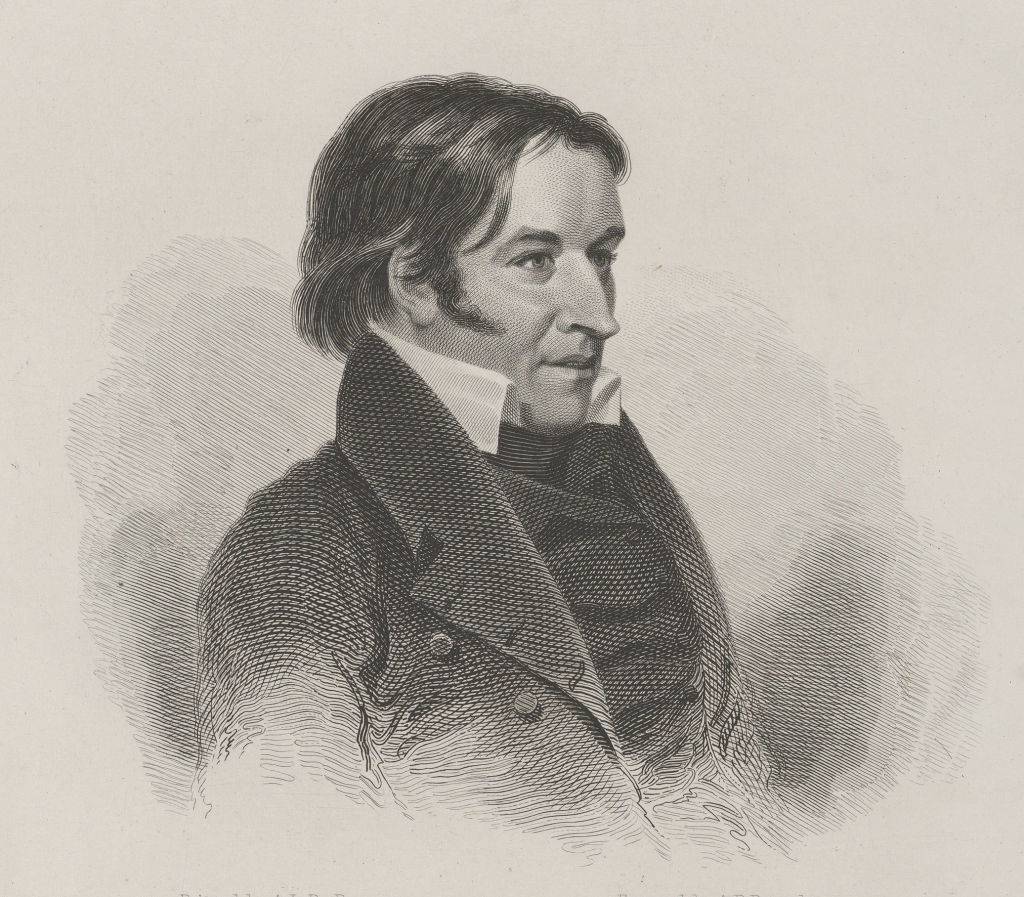
Like many school-aged kids, Crockett was a victim of bullying. When he was 13, he decided to get revenge and beat up his tormenters.
Afraid of the consequences, he started ditching school. When his father learned of this, Crockett ran away from home and stayed away for about three years.
He Was A Skilled Hunter And Woodsman
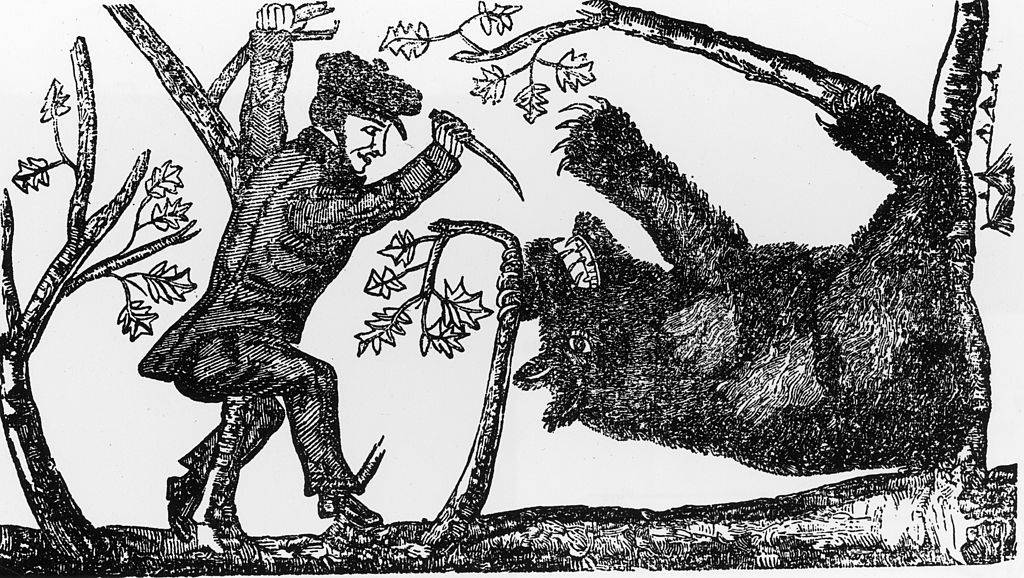
During the time Crockett had run away from home, he made sure to train himself on the ways of the frontier.
Crockett soon became quite a skilled hunter and woodsman. He was mostly known as an expert bear hunter. He managed to execute 105 bears over the course of seven months and sold the oils from their fat, pelts, and flesh for a hefty profit.
He Served In Several Wars

One of the first wars Crockett served in was the Creek War where he and thousands of other Tennessee men fought against Creek Indians. There, Crockett worked as a scout and wild game hunter.
He served under Andrew Jackson in both the Creek War and the War of 1812. However, he rarely spent time on the battlefield.
Life After Politics
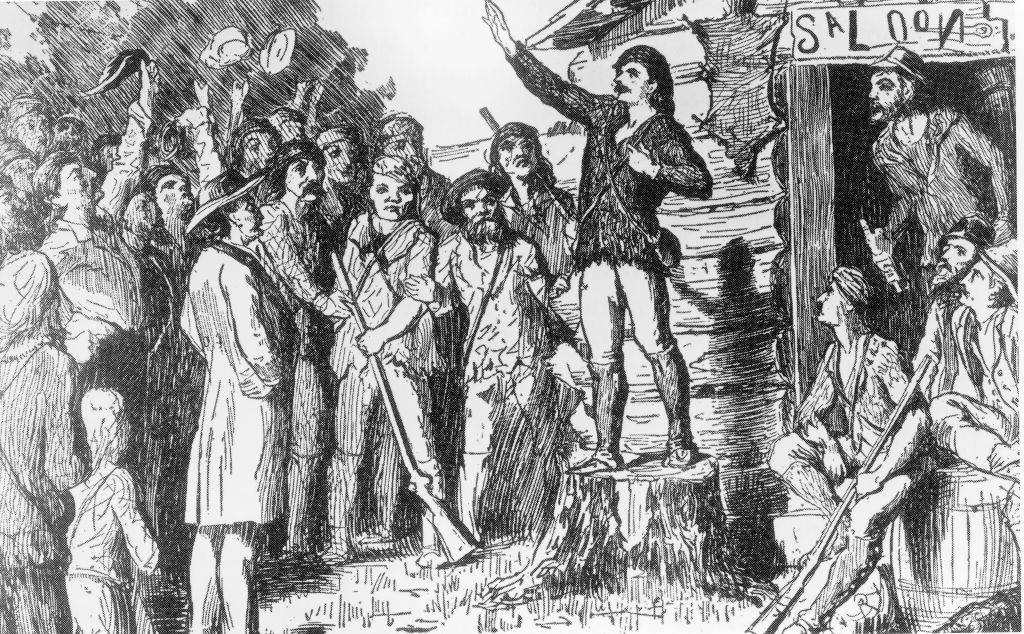
After he got out of the military, Crockett went on to complete two terms as a Tennessee state legislator. After losing his seat in 1825, he started a new profession.
He began a barrel manufacturing business. When he was on a boat traveling down the Mississippi River with his cargo, it began to capsize. Crockett was rescued at the last minute by his shipmates.
The History Behind The David Crockett State Park
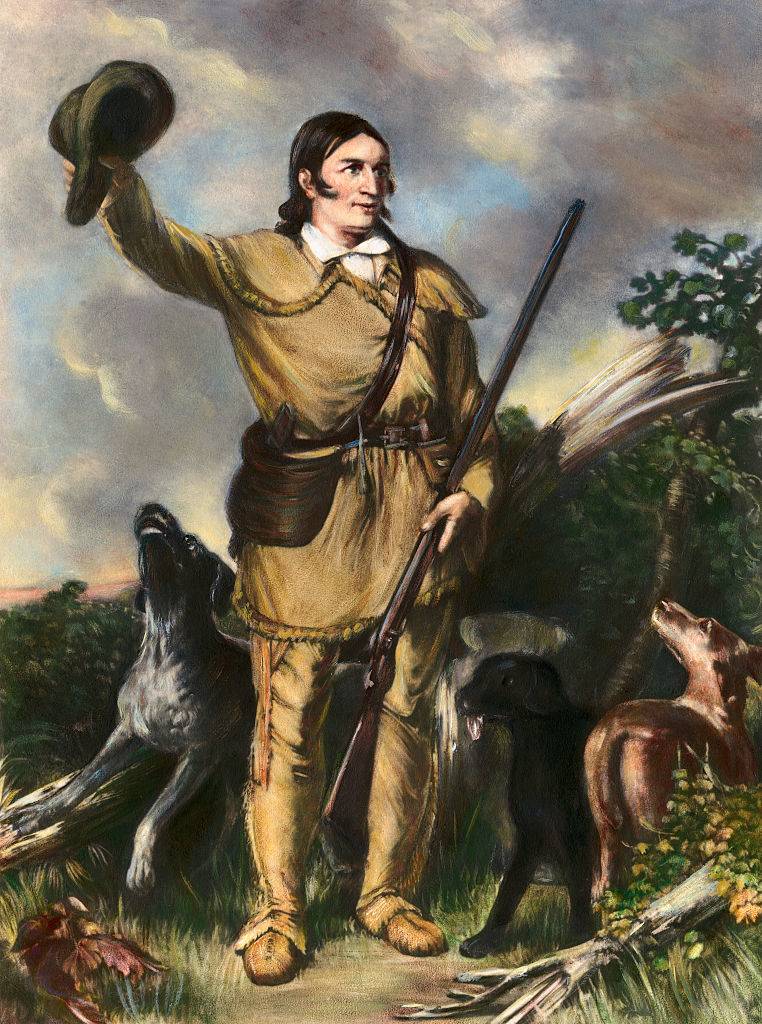
In the Lawrence County and Shoal Creek banks of Tennessee, Crockett was able to start three businesses. They were a powdermill, gristmill, and distillery.
Unfortunately, the establishments were destroyed by a flood in September of 1821. After realizing he couldn’t rebuild, he headed West to start his congressional career. The area of the flood is now known as the David Crockett State Park.
His Time In Congress
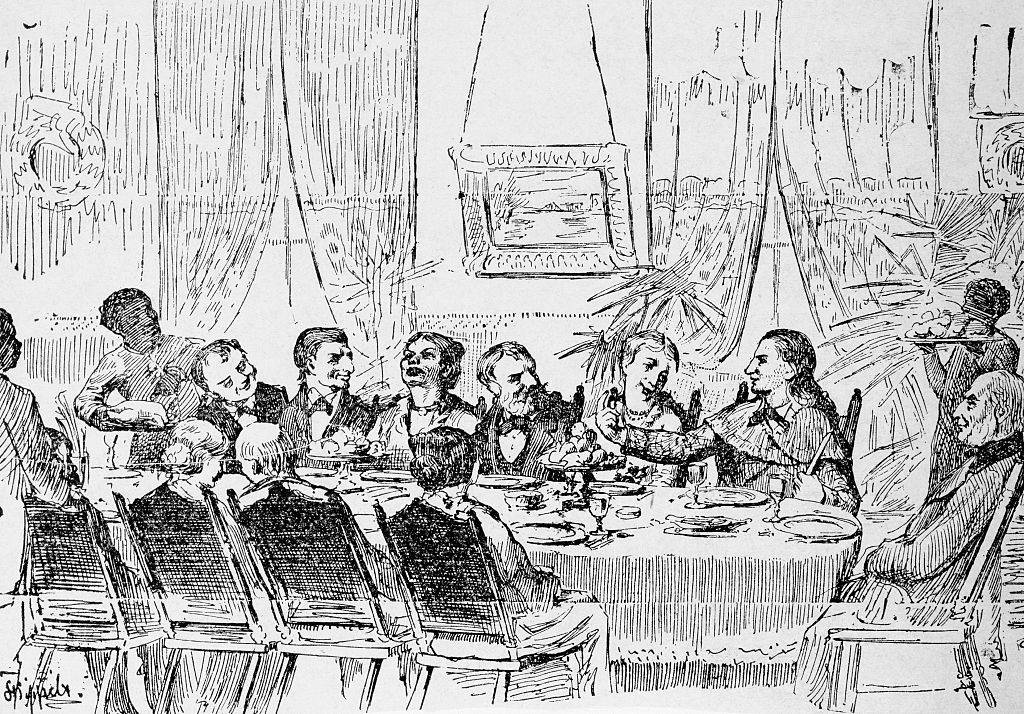
After serving as a legislator in Tennessee, Crockett was elected to the U.S. House of Representatives. People liked him for his folksy persona and advocacy for the poor.
However, his total opposition to Andrew Jackson’s Indian Removal Act led to his defeat in his final election. He was not able to get a bill passed during his six years in Congress.
A Play Made Him Famous
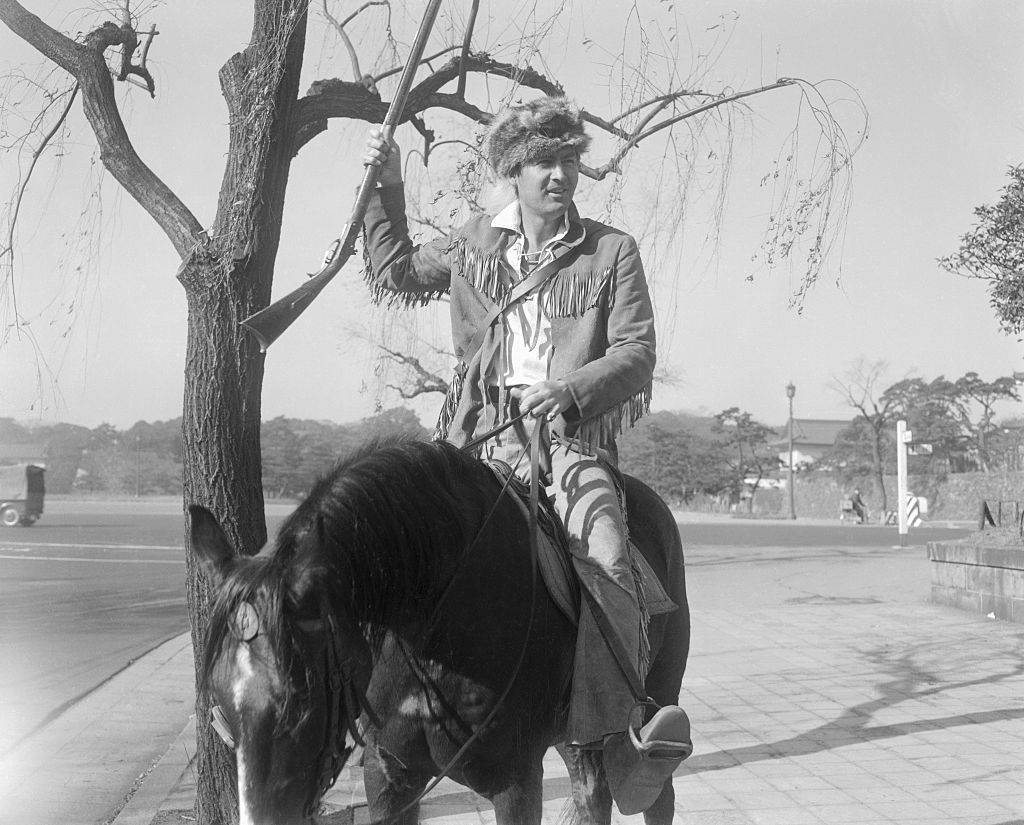
The public became even more aware of Crockett after the 1831 play, The Lion of the West, premiered in New York City.
It was a fictionalized account of Crockett’s time in Congress. Crockett actually got to see the play when it came to Washington, D.C. and he absolutely loved it.
He Contracted Malaria

Around 1815, Crockett and his neighbors decided to go on an expedition in Alabama. Unfortunately, he soon fell ill with malaria.
The virus started to make his health deteriorate at a rapid pace, so the other travelers left him on the side of the road. Crockett was actually able to recover and returned back home on his own.
He Saved Andrew Jackson’s Life
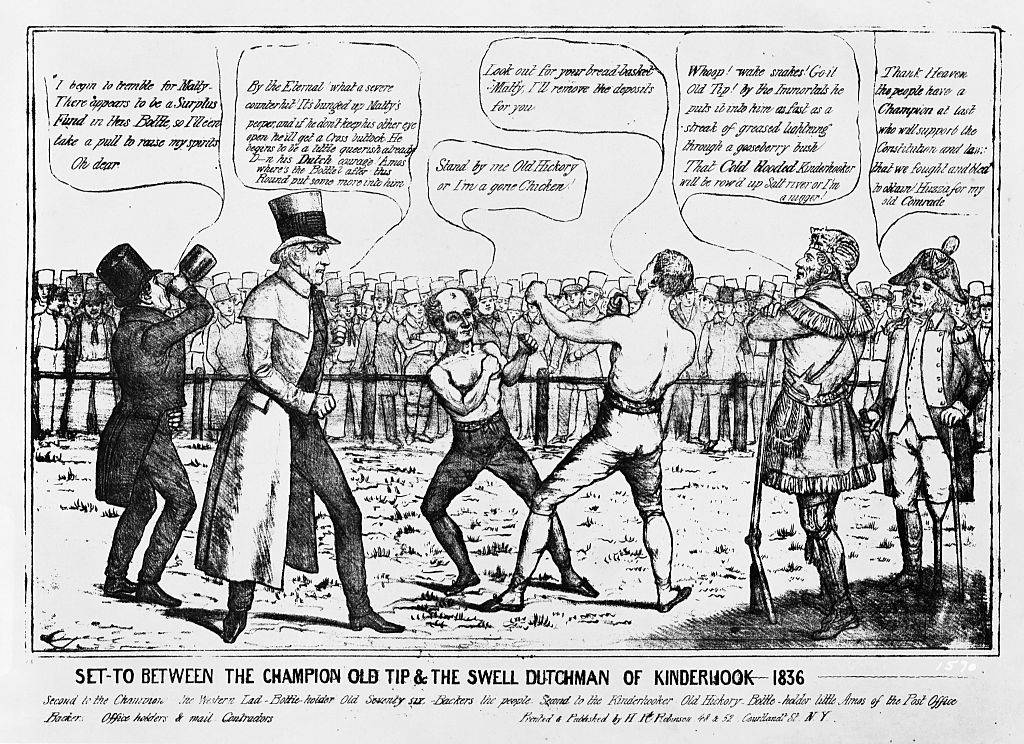
While Andrew Jackson and Crockett fought constantly, there was actually a time when Crockett saved his life.
On January 30, 1835, a gunman named Richard Lawrence tried to assassinate Jackson outside the U.S. Capitol. When his gun misfired, Crockett was able to disarm him and wrestle him to the ground.
He Faked His Portraits
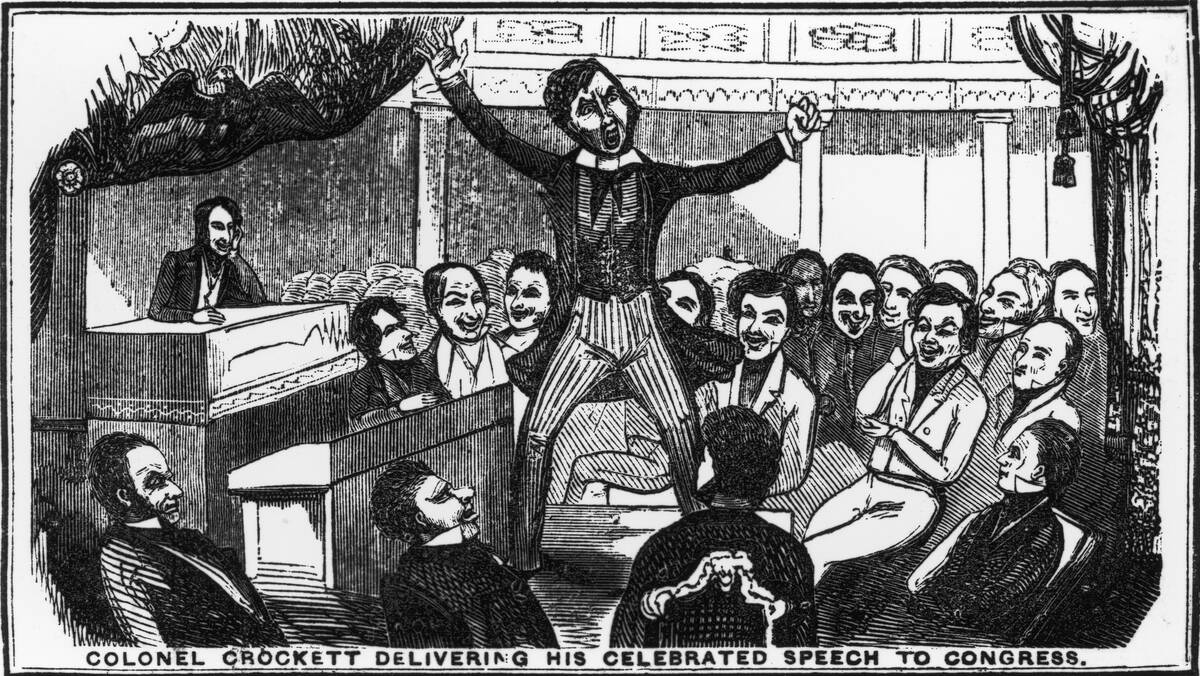
The idealized image that most have of Davy Crockett might actually not be real. When portrait artists would paint him, he would usually be wearing clothing that was a cross between a Congressman and a preacher.
In order to look more outdoorsy, he purchased special props and outfits. He told artist John Gadsby Chapman to show him rallying dogs during a bear hunt with him holding up his cap in one particular portrait.
Defending The Alamo

After losing his 1835 Congressional election, Crockett decided to relocate to Texas the next year. During this time, it was still a Mexican territory.
He joined the Texas Revolution and fought at the Battle of the Alamo. Sadly, he did not make it out alive after either being executed in battle or after being captured by the Mexican Army.
Crockett’s Connection To Walt Disney
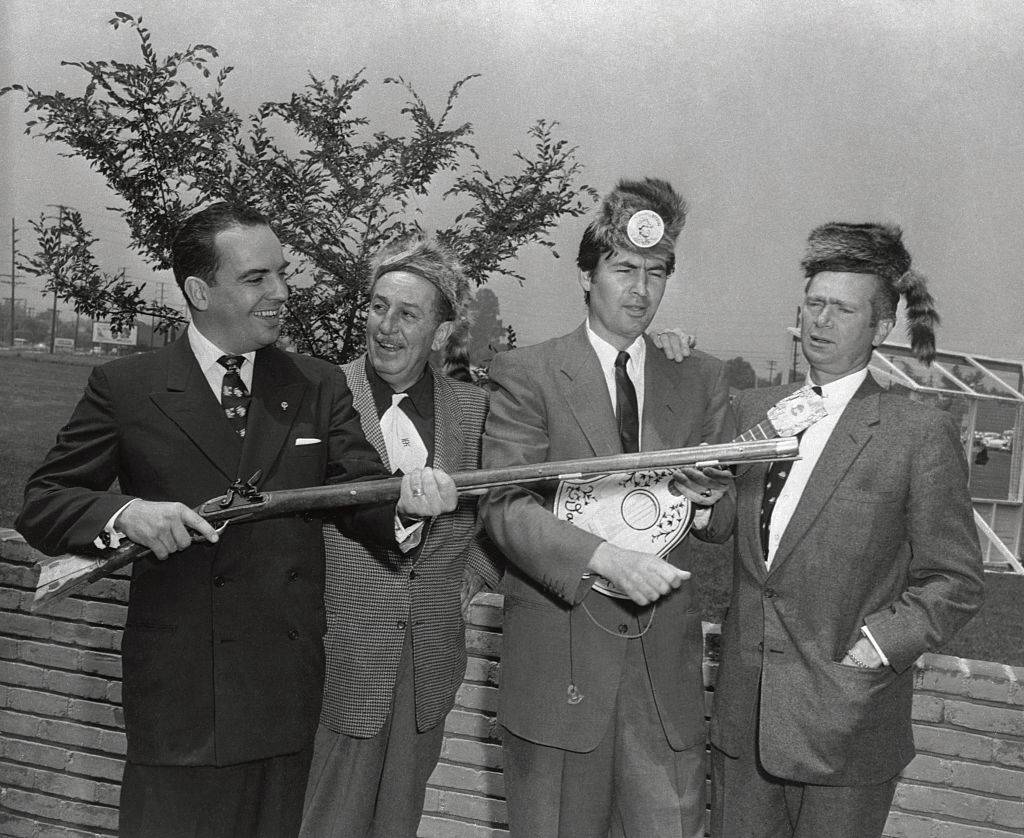
Davy Crockett’s legacy soon became a huge part of the early 20th century thanks to Walt Disney. He released several TV series and movies about Crockett, which became huge successes.
Soon, children were getting frontier-themed toys and coonskin caps were being sold at a rate of five thousand per day.
The Story Behind His Coonskin Cap
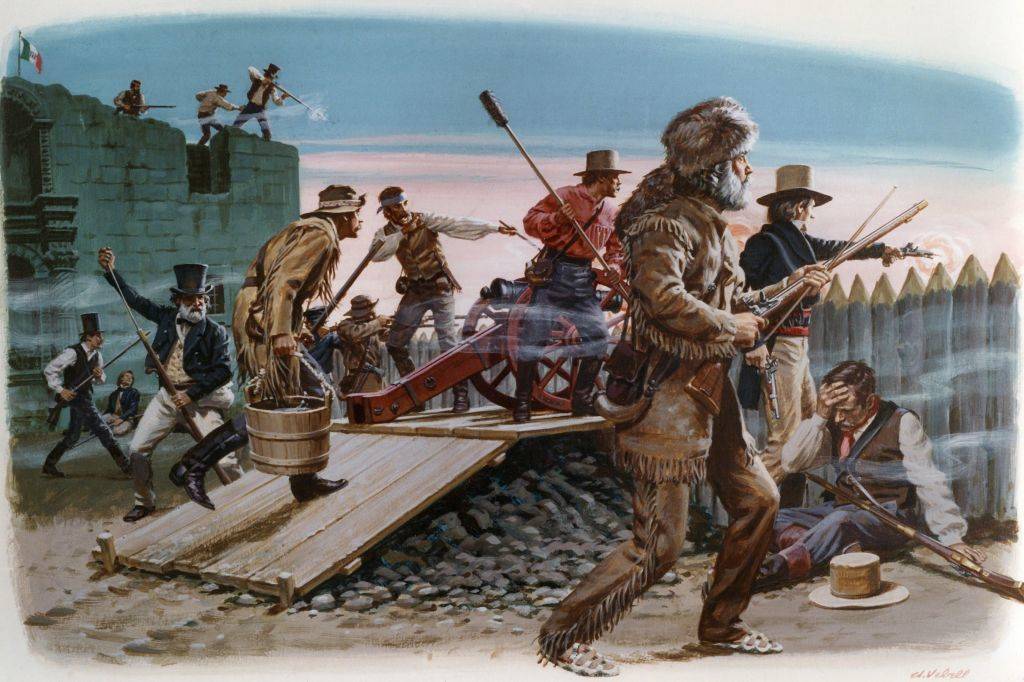
While most fictionalized versions of Davy Crockett show him wearing his coonskin cap, many wonder if he actually wore one in real life.
Historians believe that he would sometimes wear one during his final years. His daughter Matilda even wrote that he was wearing one right before he left for Texas.
The University Of Tennessee Has A Davy Crockett Mascot
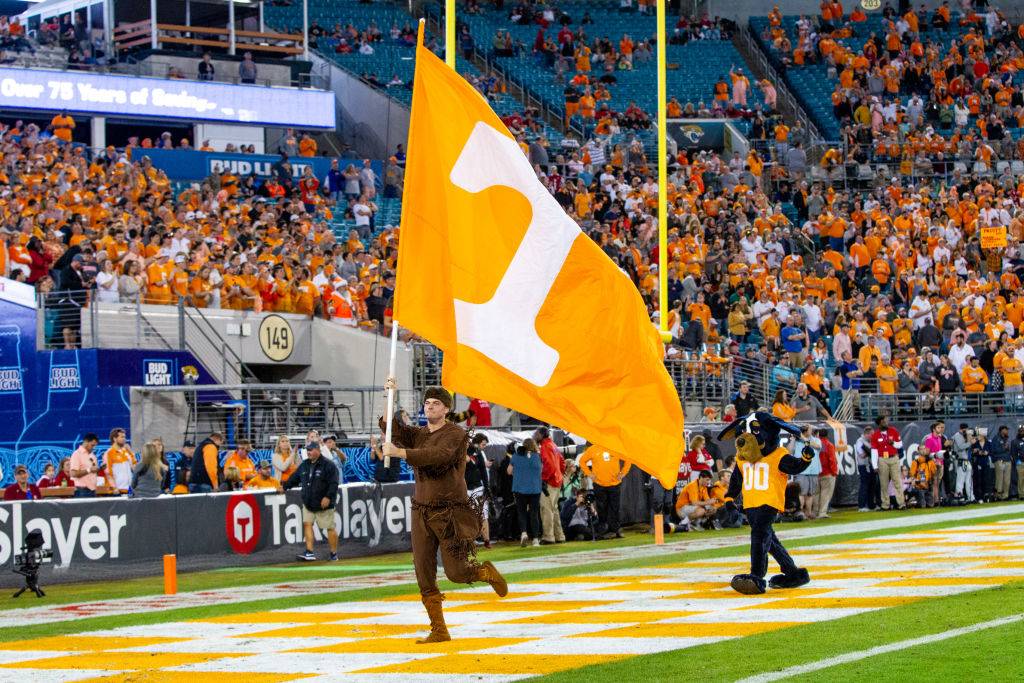
Smokey the Hound Dog isn’t the only mascot for the University of Tennessee. The college also has a student dressed up as Davy Crockett to rally the fans.
The character is called “the Volunteer” and will come running out in Crockett-esque clothes, including a prop musket, leather shirt and pants, and a coonskin cap.
Crockett Grew Up Poor
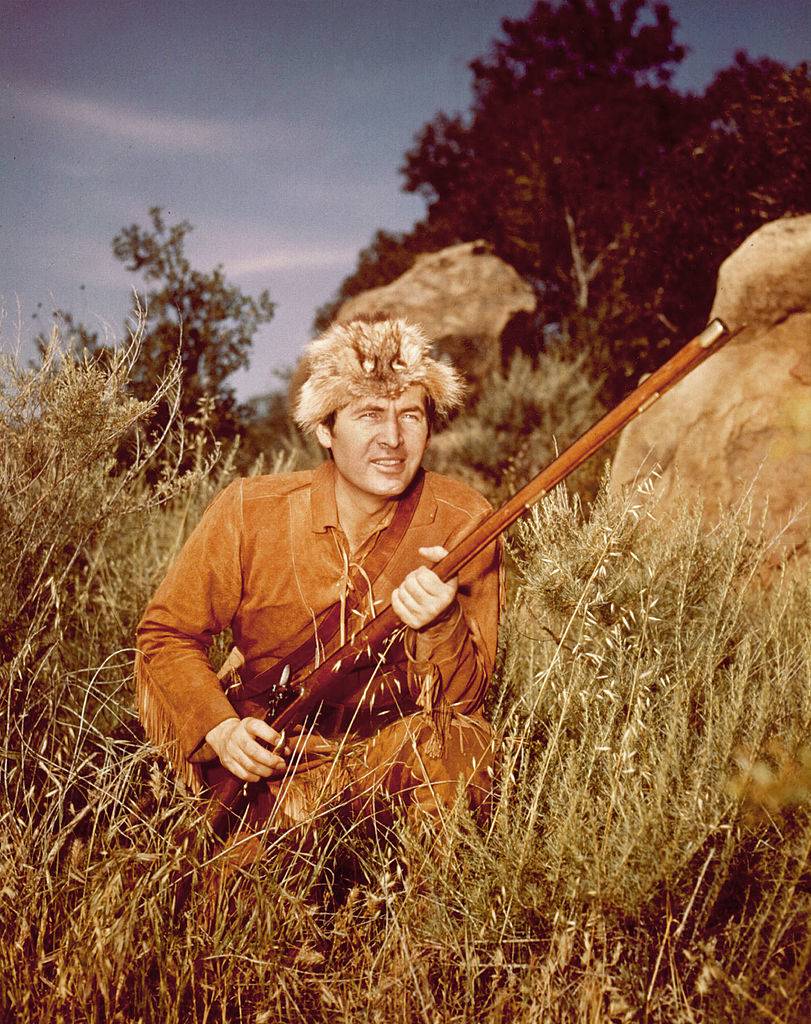
Davy was the son of John Crockett and Rebecca Hawkins. Their family had to move around a lot during Davy’s childhood because his father struggled to make ends meet.
His father filed for bankruptcy in 1795 and when Davy was 12, his father indentured him to help pay for his debts.
Unrequited Love For Crockett
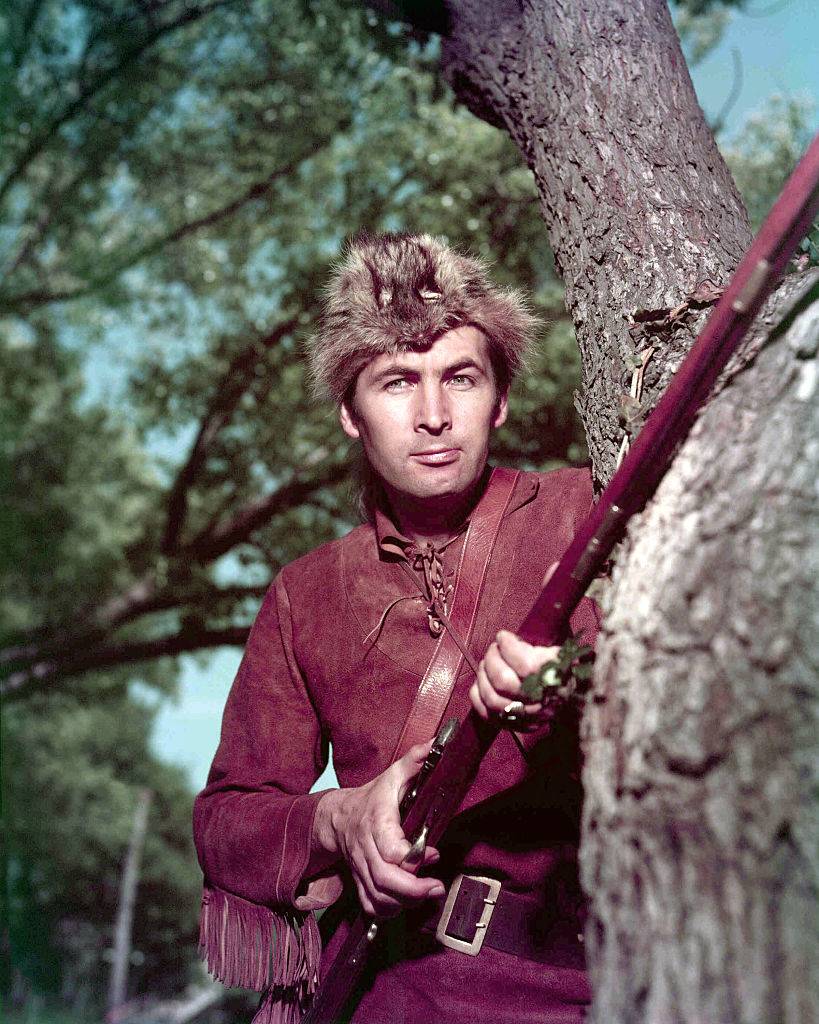
Even during the days of the wild frontier, Davy Crockett had to deal with unrequited love. He first fell in love with the niece of the man he was indentured to, but she was already engaged.
Next, he met another woman at the wedding of his first love, but she chose to marry another man instead.
He Became A Freemason

During the time Crockett served in the United States House of Representatives, he became a Freemason. This is one of the largest men-only organizations in the world that dates back to the Middle Ages.
He gave his masonic apron to a close friend in Tennessee before he left for Texas.
Crockett’s Home Life
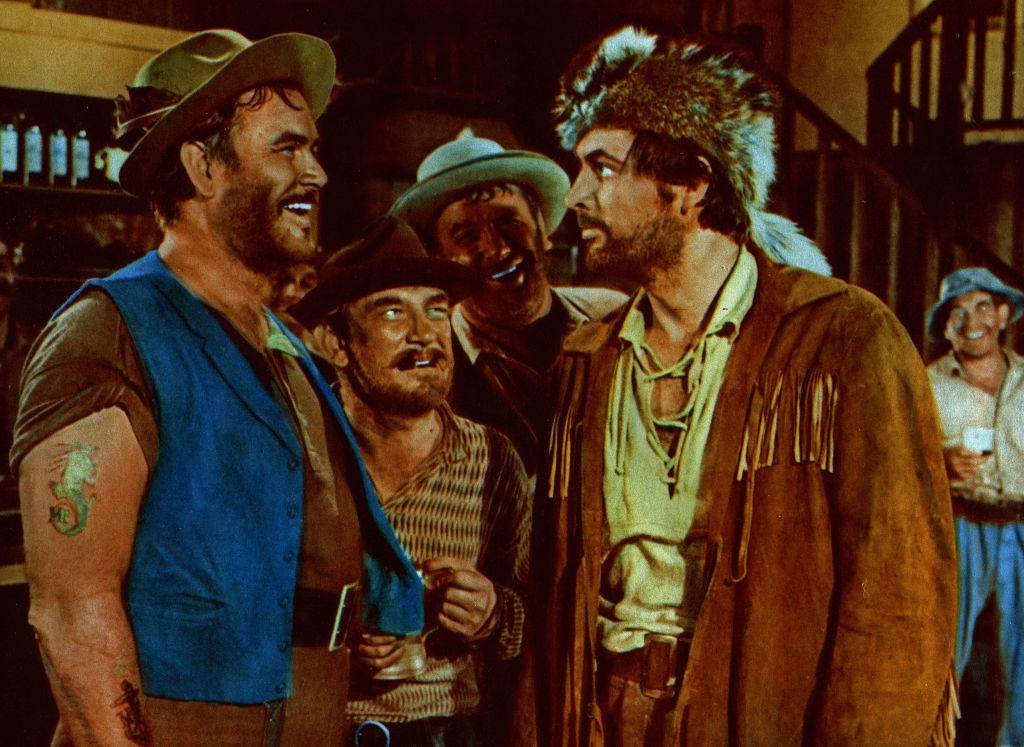
Crockett was finally able to find love when he married Mary (Polly) Finley on August 14, 1806. They had three children named John, William, and Margaret. John went on to become a U.S. Congressman.
After his wife’s passing, he remarried a widow named Elizabeth Patton. The couple had three children named Robert, Rebecca, and Matilda.
A Cold War Invention Was Named After Him
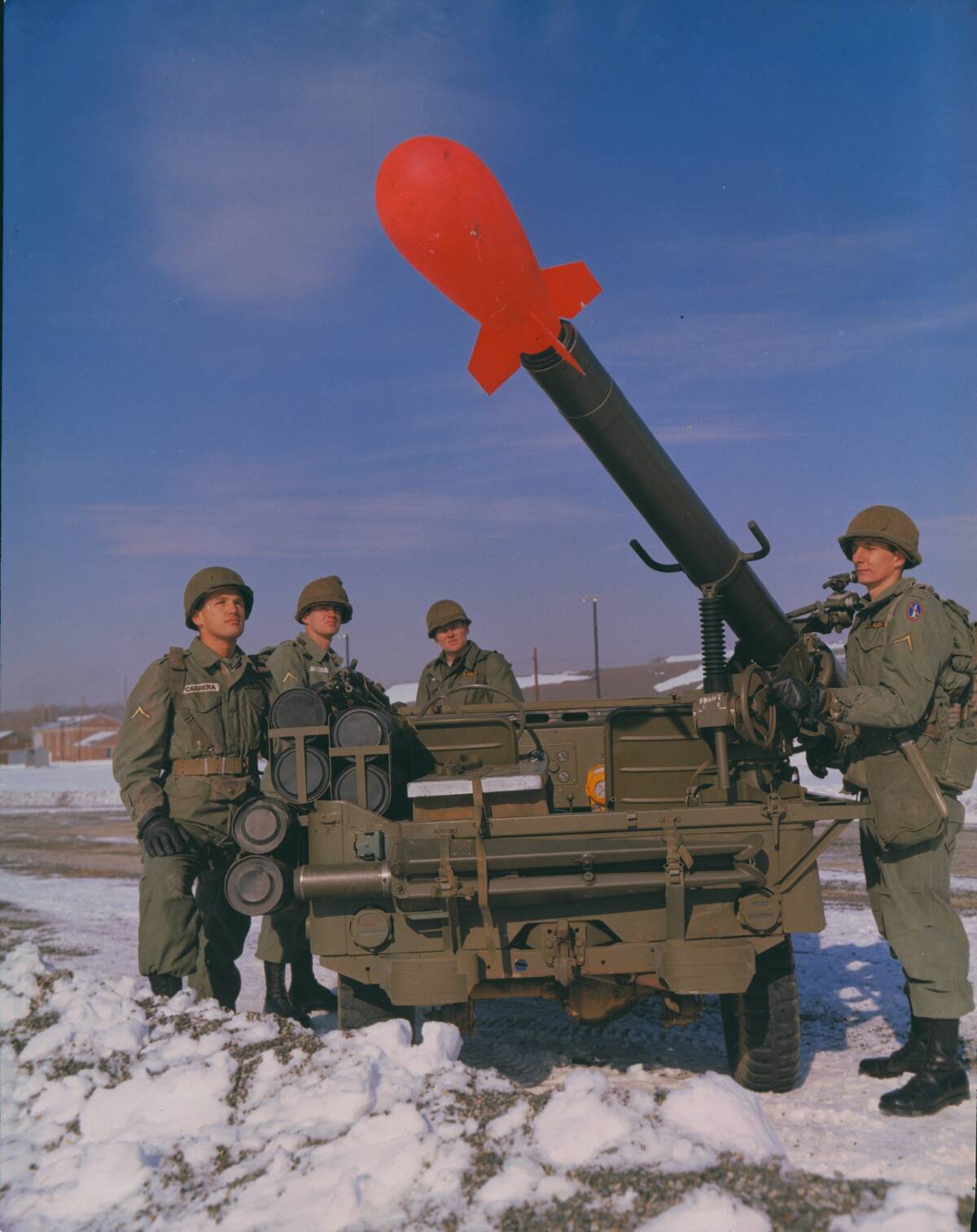
Davy Crockett’s legacy became even more prevalent during the early and mid 20th century. One example of this was an invention from the Cold War.
The U.S. Army invented a nuclear weapons system called the Davy Crockett Nuke. This was an M-28 or M-29 tactical nuclear recoilless smoothbore gun used for firing the M388 nuclear projectile, armed with the W54 nuclear warhead.
Crockett Found Being A Congressman Boring

Although the friction Crockett had with his fellow congressmen — especially after opposing the Indian Removal Act — likely contributed to his lack of enthusiasm toward the end of his congressional career, it was also perhaps not befitting of a man of action like him.
According to the History Channel, by the time of his final electoral defeat in 1835, Crockett had grown bored enough of Washington that he was often absent from congressional sessions.
Crockett Almost Died About A Decade Earlier

As James Atkins Shackford wrote in the book David Crockett: The Man and the Legend, Crockett’s time in the barrel manufacturing business somehow proved as perilous as his time on the frontier. That reality arose when he had prepared 30,000 boards for barrels and was attempting to take them to New Orleans by boat.
The peril came when the boats proved low-quality and apparently impossible to steer, which led Crockett’s careening into driftwood. When the vessel capsized, Crockett was trapped below deck and would have drowned if not for the intervention of his crew on one of the other boats.
Crockett’s Political Supporters Gave Him Appropriate Gifts
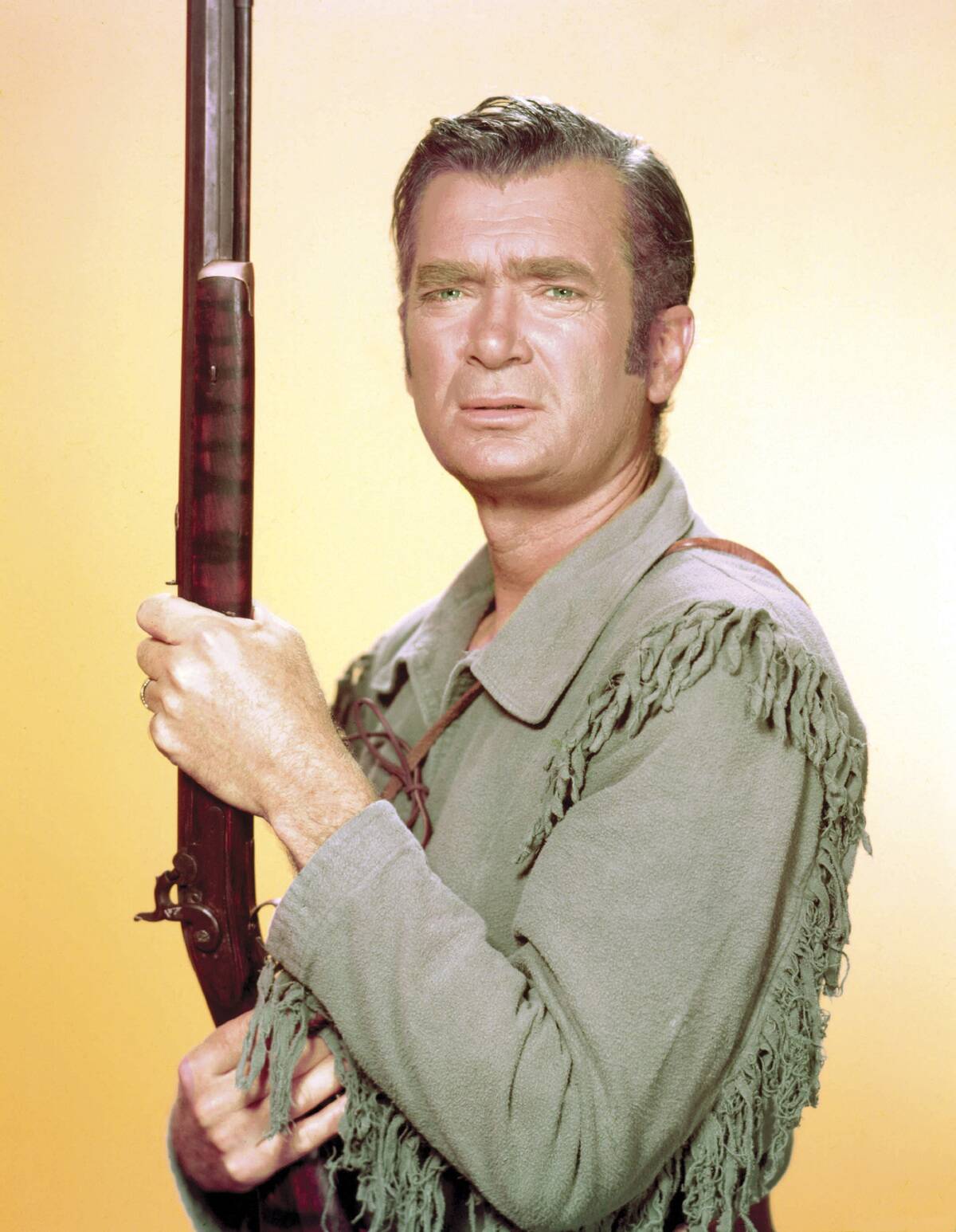
While Crockett ended up alienating many of his peers in Congress, he was nonetheless rarely short on popular support, and those who supported him showed this by sending him guns.
For instance, the .40-caliber flintlock weapon “Old Betsy” came from his constituency in Lawrence County, Tennessee, in 1822. It’s now at the Alama Museum. Another, a gold and silver gun called “Fancy Betsy,” was provided by the Whig Society of Philadelphia during the 1830s.
Who Was Betsy?
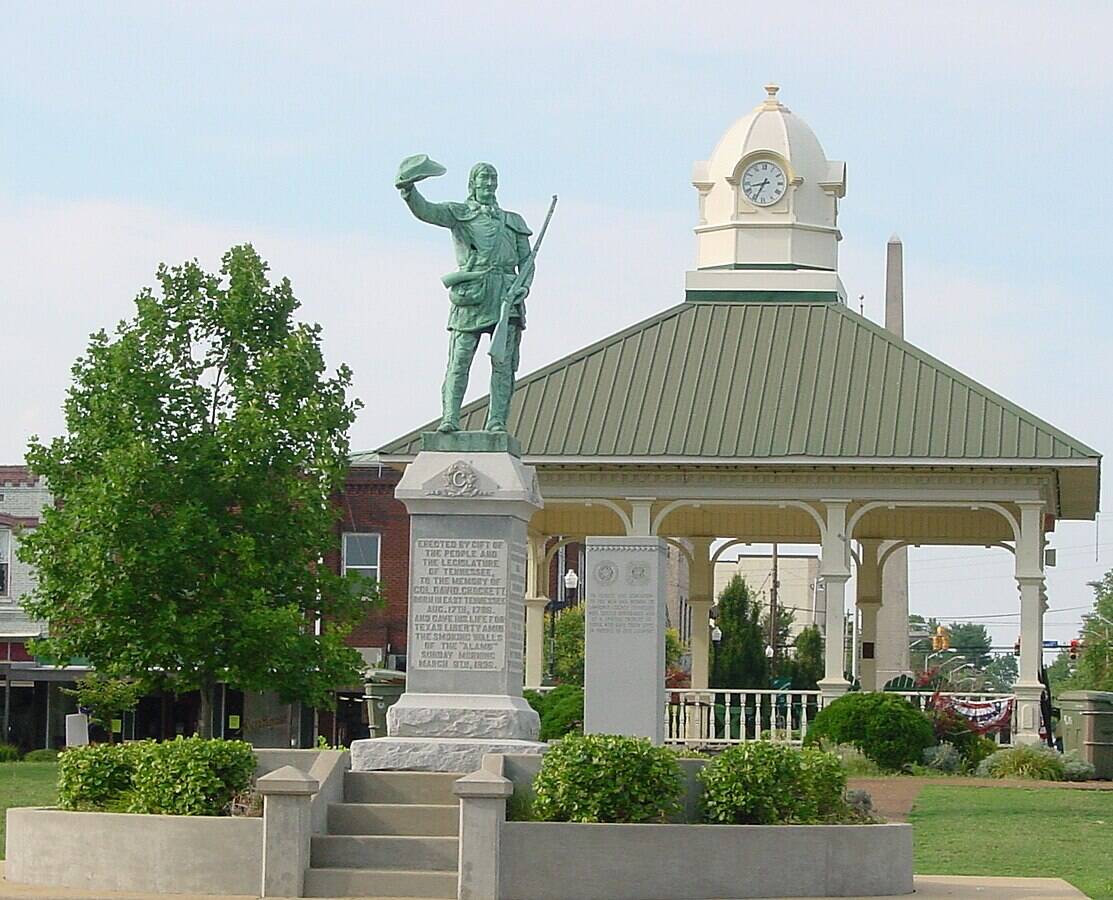
It’s hard not to notice that multiple guns Crockett received from his political supporters tended to bear the name “Betsy.” While Crockett’s legendary status in America might suggest the name had a patriotic meaning — For instance, in honor of a similar figure of legend like Betsy Ross — it’s likely the meaning was more personal.
According to Mental Floss, it’s a little unclear who these “Betsy” weapons were named after, but the most likely candidates are either Crockett’s second wife, Elizabeth Patton, or his oldest sister.
Crockett Had Barely Arrived In Texas Before The Alamo
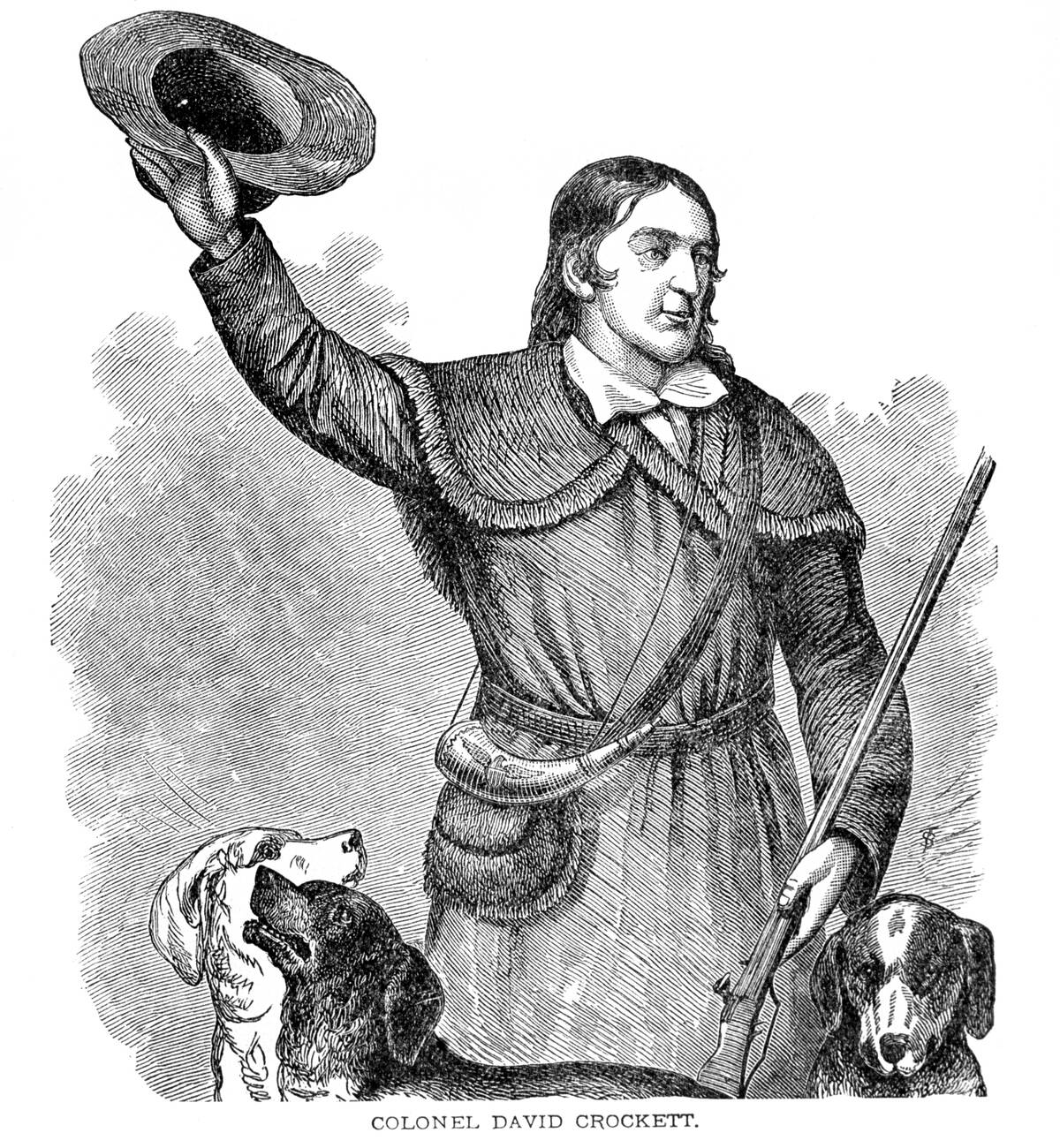
After his electoral defeat in 1835, Crockett declared his intention to withdraw from politics. Since there was already animosity between him and his congressional peers, the History Channel noted that he told them, “You may all go to hell and I will go to Texas.”
He arrived in January of 1836, and within days, he swore an oath to the Republic of Texas and agreed to take up arms against Mexico, which was about to try to reclaim the territory. A month later, Crockett took a post at the Alamo just days before the 13-day siege that would end with the Battle of the Alamo on March 6, 1836.
One Diary Challenges The Narrative Of Crockett’s Death

In the wake of the Battle of the Alamo, several witnesses reported finding Crockett’s body surrounded by a group of Mexican soldiers he had slain. However, the reason why these accounts remain the subject of intense debate is the existence of a diary by Lieutenant Colonel José Enrique de la Peña of the Mexican army at the time.
This account suggests that Crockett was among the handful of prisoners of war that General Santa Anna had executed once the battle had ended, contradicting the more palatable narrative that he had died in battle. Although some historians deride the diary as a forgery, Mental Floss noted that two forensic teams have confirmed its authenticity since 2000. Whether Peña’s account accurately describes Crockett’s death or not, it seems he genuinely wrote it.
Crockett Was Horrified By A Massacre He Took Part In
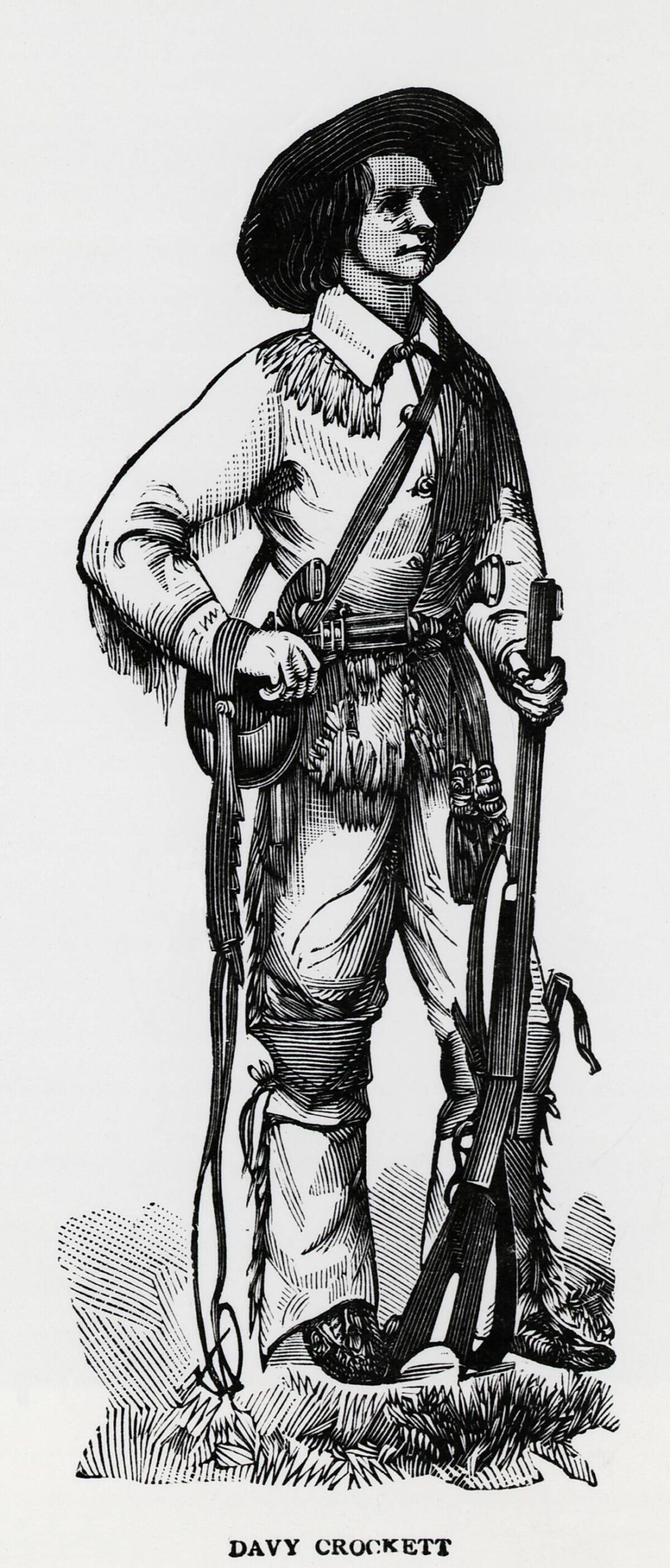
While those in Congress may have been incensed by Crockett’s opposition to the Indian Removal Act, they shouldn’t have been surprised. According to Texas Monthly, Crockett’s limited time on the battlefield while serving under Andrew Jackson was likely influenced by guilt and horror.
He was particularly haunted by the massacre of Native Americans he participated in at Tallussahatchee, which claimed the lives of over 200 Creek men, women, and children. In Crockett’s words, “We now shot them like dogs; and then set the house on fire, and burned it up with the forty-six warriors in it.” When his enlistment expired in March 1815, it came as a relief.
He Wasn’t Actually Born On A Mountaintop

Crockett’s whole life has been mythologized in many ways, and the extends to the opening line of the famous Disney song about him: “Born on a mountaintop in Tennessee.”
Although he certainly was born in Tennessee, author Bob Thompson told Time that he was actually born on the banks of the Nolichucky River. Although there are mountains near this spot, it’s a river valley rather than an elevated location.
Crockett Didn’t Bring Old Betsy To The Alamo
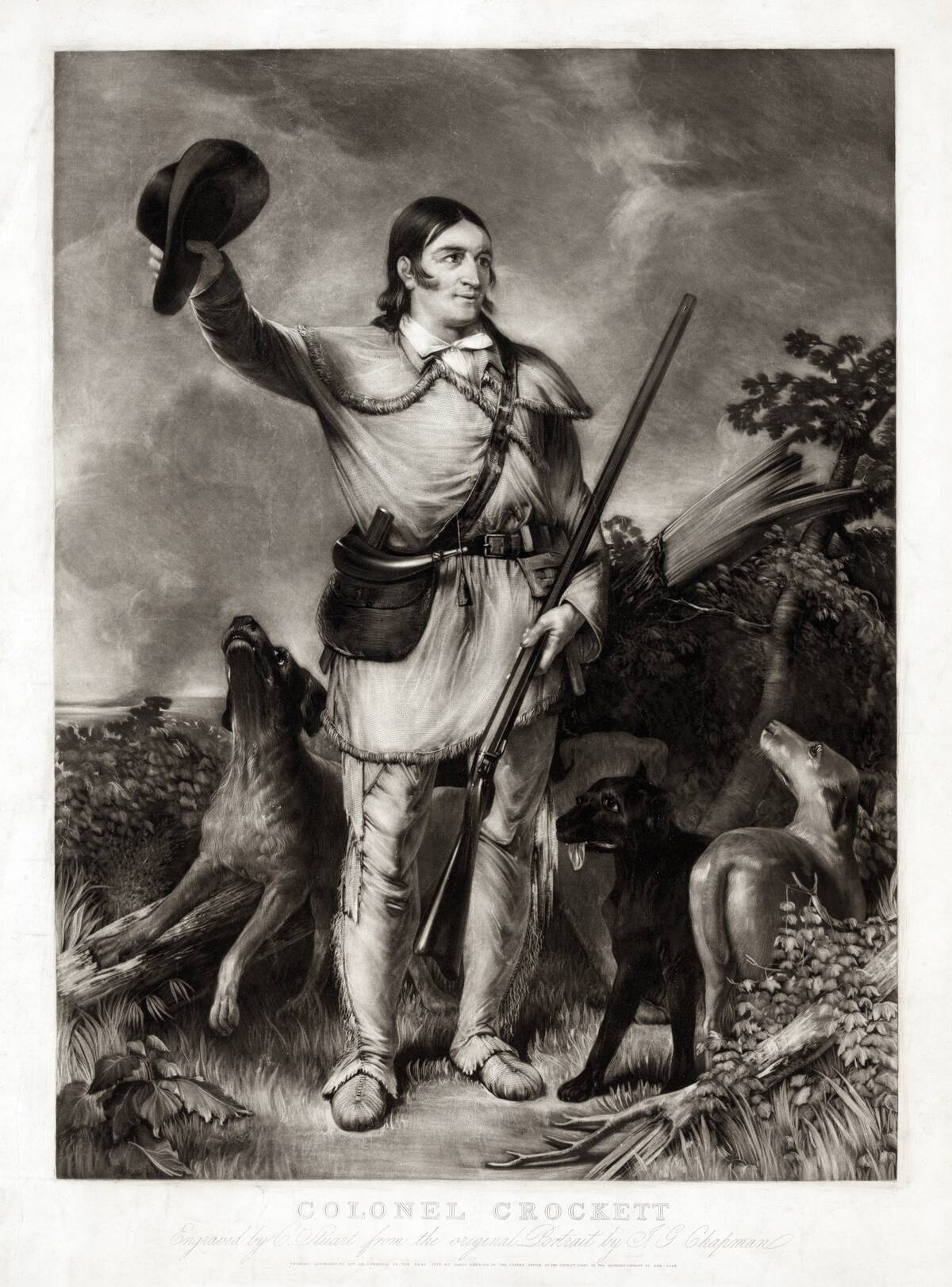
Although Crockett’s famous gift now resides in the Alamo, that’s not because it was recovered from the aftermath of the battle. Instead, it’s because it’s as symbolic to his persona and legacy as his coonskin cap was.
According to Texas Monthly, Crockett did not bring his famous gun to Texas at all. At the time of his death, it was still back in Tennessee.
Crockett Likely Preferred Not To Wrestle Bears

Although Crockett is indeed credited for hunting 105 bears in less than a year, the image of him bearing down on the roaring beasts with a knife and tomahawk is only half right. According to Texas Monthly, if that was how he felled some of the bears, it was as few of them as possible.
Indeed, one doesn’t become adept at hunting bears by making a habit of letting them get that close. Instead, most of them were shot from as safe a distance as possible.
He Was Much Older Than Three On His First Bear Hunt
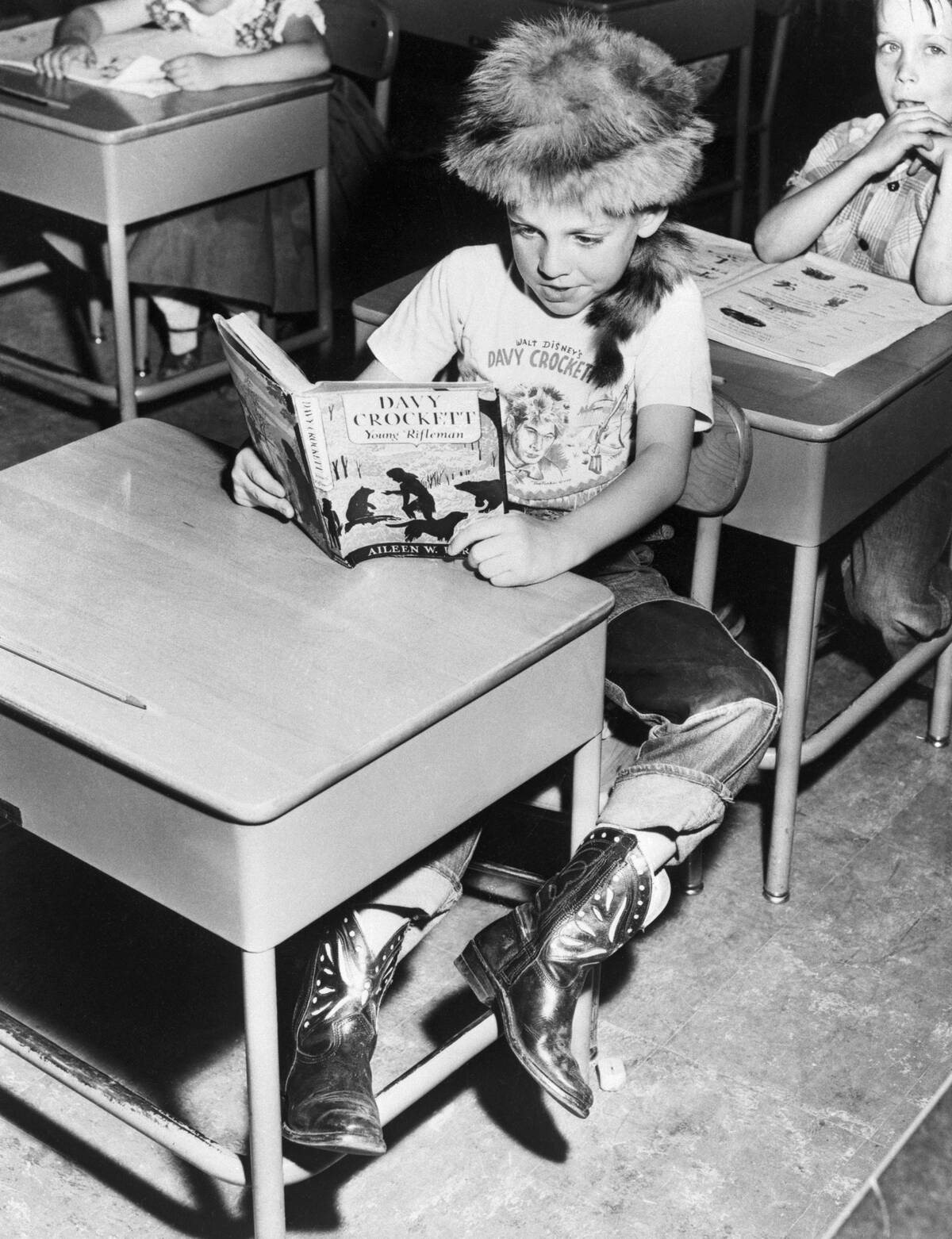
In addition to getting his place of birth wrong, the song “Ballad Of Davy Crockett” also claims that Crockett, “Killed him a b’ar when he was only three.” Although it’s fair to say that Crockett contributed to his own legend at times, this appears to be an invention by lyricist Thomas W. Blackburn.
As Bob Thompson told Time, not only is there no evidence to suggest that Crockett hunted one of his bears at three years old, but there isn’t even any evidence to suggest that he claimed he did.
His Focus Was On Squatters’ Rights While In Congress
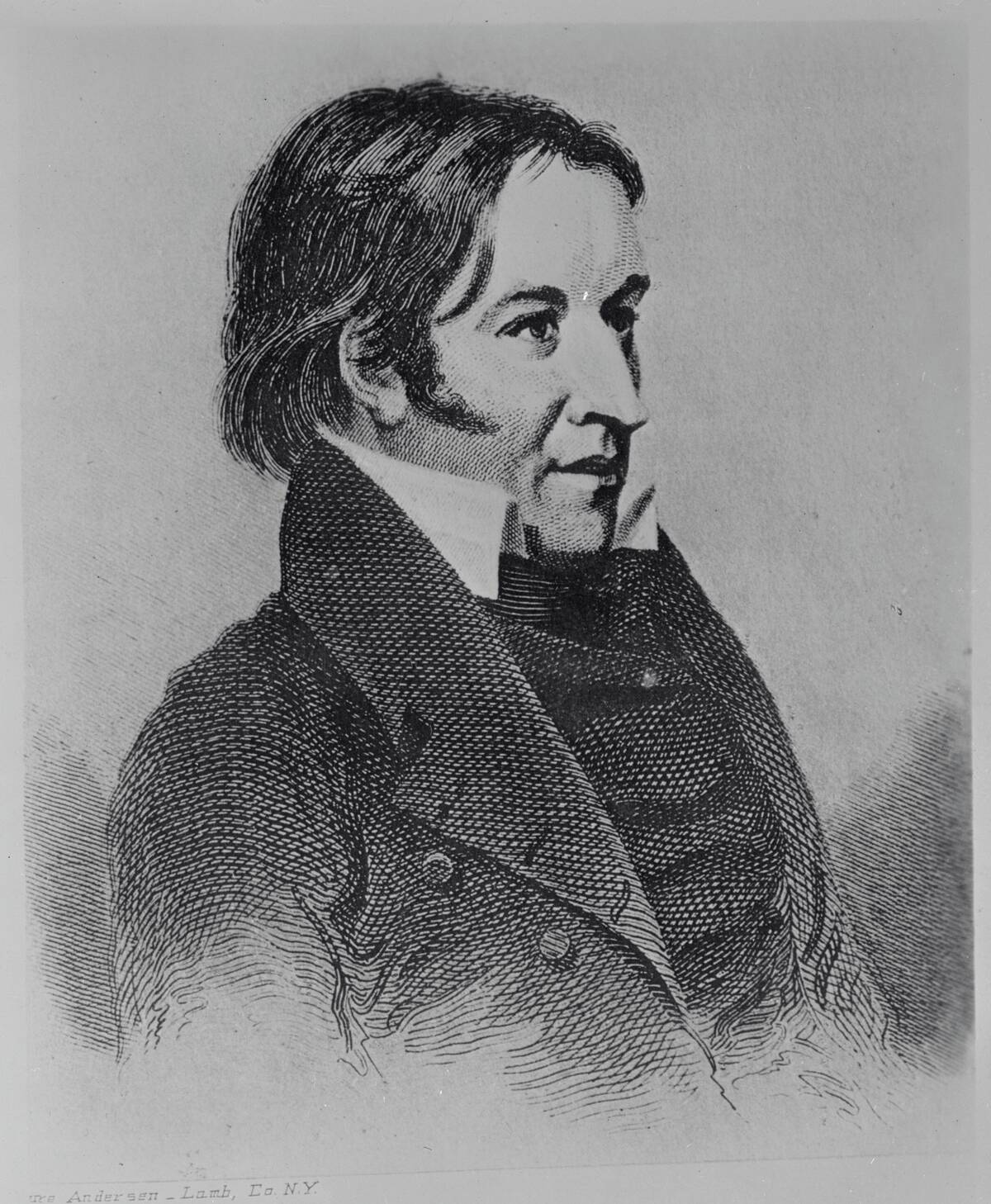
Although Crockett was praised as a voice for the poor, the most specific way he lived up to this image while in Congress concerned a dispute between squatting farmers making a living on land they didn’t own and the speculators who wanted to profit off those lands.
According to Time, he was chiefly concerned with the land rights of those squatting farmers, as they were his constituents. It didn’t hurt that he knew what it was like to be in their position.
His Reasons For Going To Texas Were Complicated
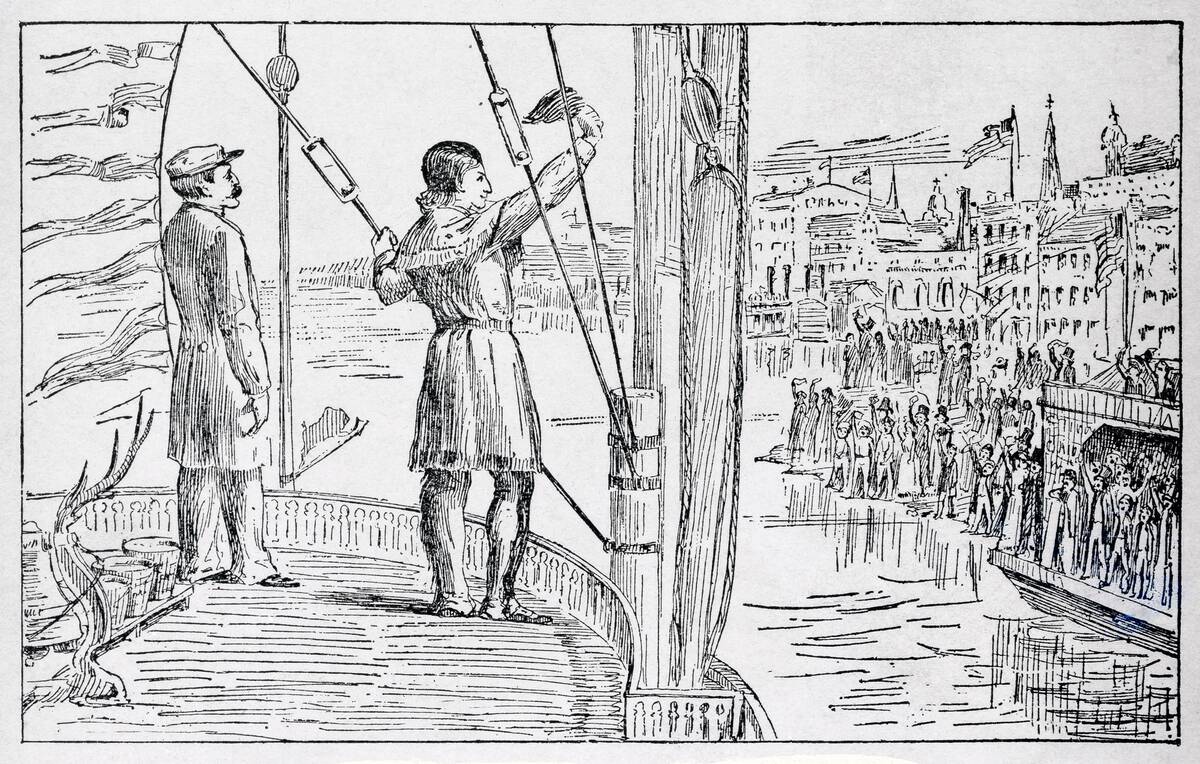
While Crockett honored his oath to the Republic of Texas when he arrived and had to do so sooner than he may have expected, the burgeoning Texas Revolution was likely not his main reason for heading there after leaving Congress.
While some historians suggest he had political ambitions there, Born On A Mountaintop: On The Road With Davy Crockett And The Ghosts Of The Wild Frontier author Bob Thompson told Time he generally sought opportunity in Texas. As Thompson put it, “He had lost re-election in Congress, so he went back to west Tennessee and thought, ‘Let me go where grass is greener.'”
Crockett Literally Left One Of His Opponents Speechless
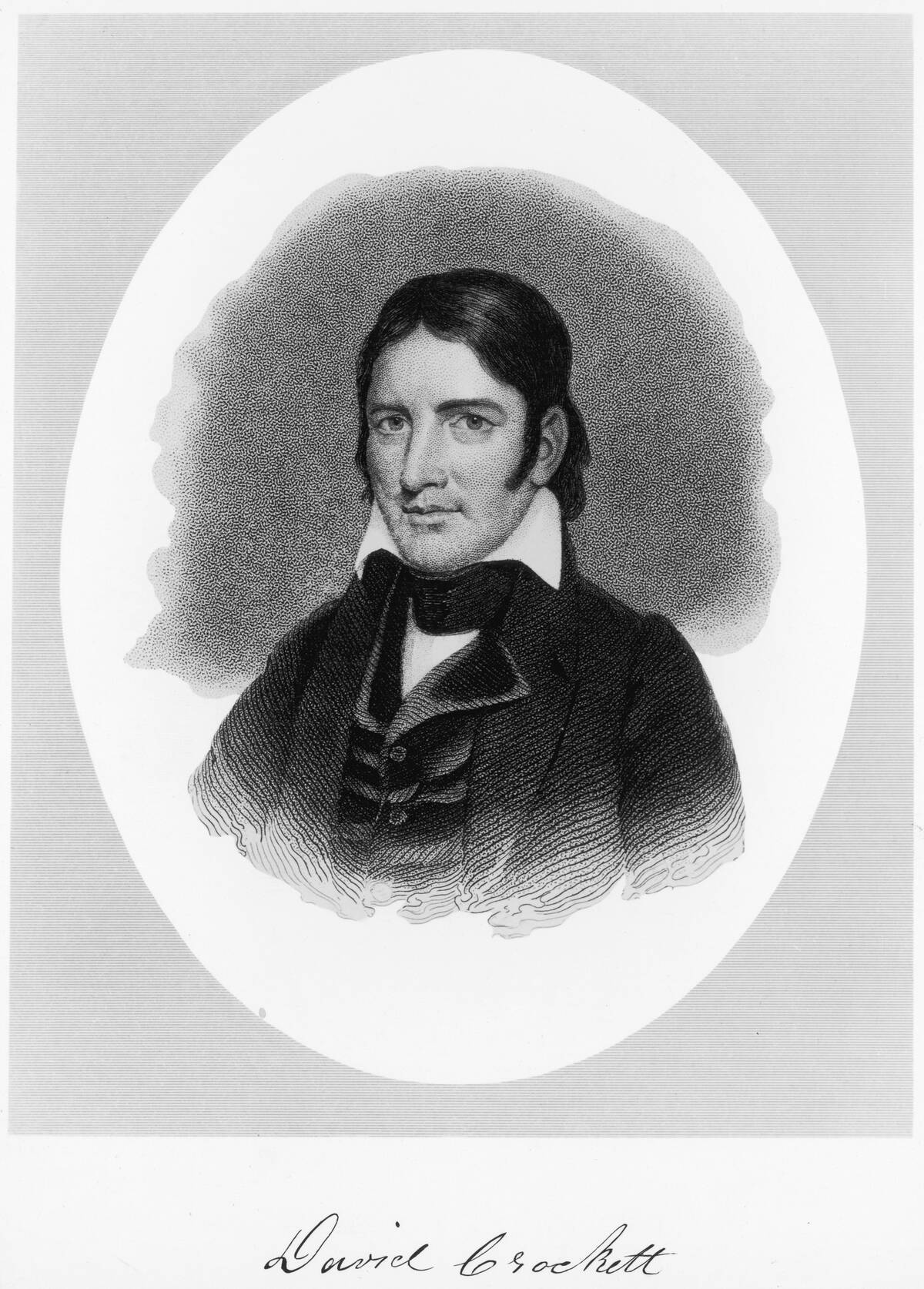
Although wealthier friends like Marcus Winchester did much to fund the often cash-strapped Crockett’s early political career, Texas Monthly noted that his opponents tended to out-finance him when he was running for Congress.
However, Crockett often found clever ways to gain an advantage over his wealthier opponents. In one instance, Crockett had memorized his opponent’s speech and delivered it to a crowd word for word before he got the chance. When it was the opponent’s turn to speak, he was at a loss, and the crowd roared with laughter.
A Quaker Taught Him To Read
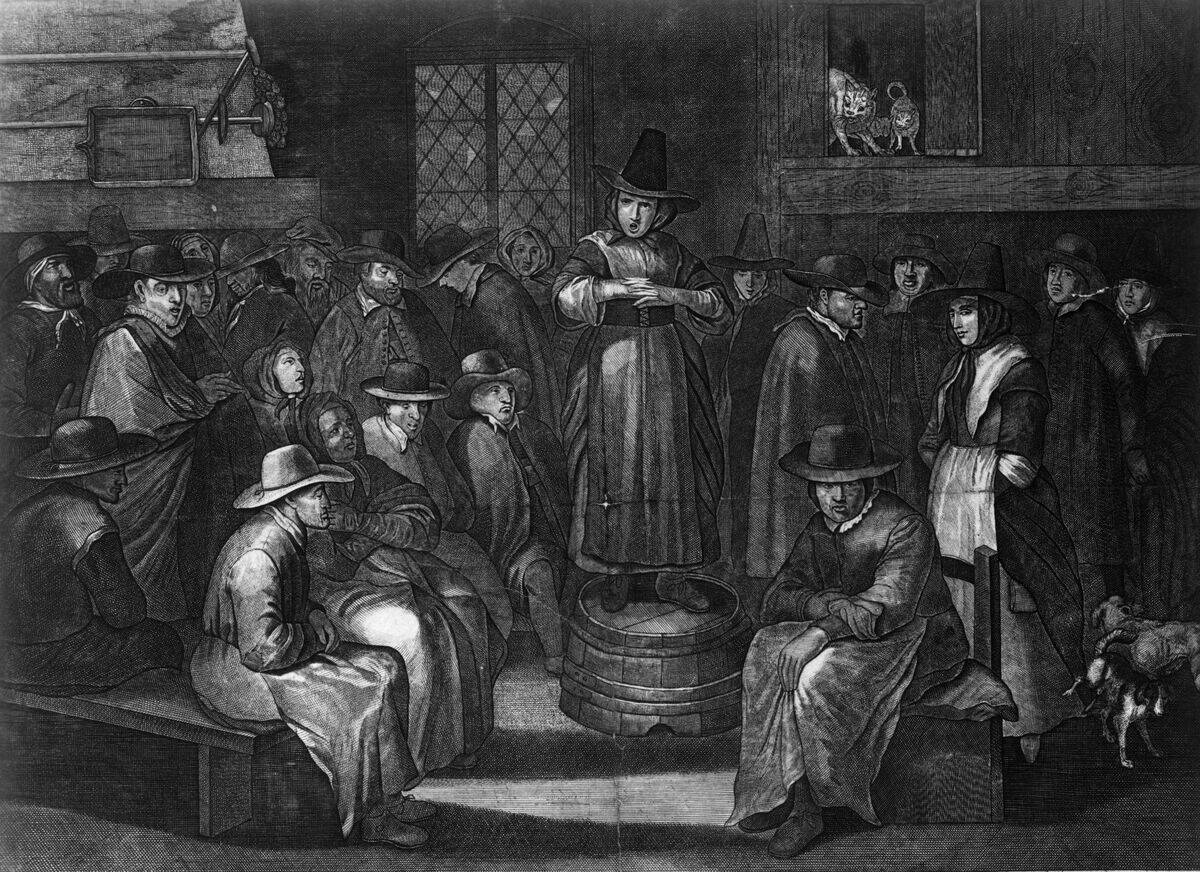
Crockett wasn’t particularly close with his own father, but Tennessee Magazine described him as finding a father figure in a man named John Canaday, on whose farm he worked between the ages of 16 and 19.
Although Alexis de Tocqueville once described Crockett as reading with difficulty, it was under the Quaker farmer’s instruction that Crockett learned to read and write at all during their three years together.



